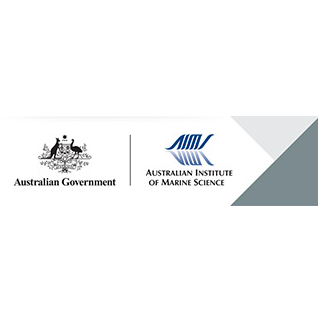Brief description
This desktop study has modelled the influence of habitat created by platforms (n=19) and subsea pipelines (n= 32; total length approx. 738 km) operated by Esso Australia Pty Ltd (EAPL) for population connectivity of selected marine biota. The study focused on selected Esso infrastructure and natural reef habitats across the Gippsland region of Bass Strait, south-eastern Victoria. Utiliseing biophysical models that combine estimates of 3D ocean current dynamics with information on the larval biology and behaviour of three indicator fish species and two invertebrate species present within the system. This biological-physical modelling approach estimates species-specific connectivity between natural reef habitats and offshore infrastructure. Through this, we will be able to estimate the influence infrastructure may have on population connectivity in these and other similar species. This project also provide insights as to whether infrastructure provides a net positive or negative contribution to the overall metapopulation dynamics of these species. In addition, estimates of the relative importance of individual structures (e.g., differences between various platforms) and different structural types (e.g., platforms vs. pipelines) on population connectivity.Lineage
Maintenance and Update Frequency: notPlannedModified: 23 06 2025
text: westlimit=146.36596616661893; southlimit=-39.6588432918624; eastlimit=149.46411043153694; northlimit=-37.782077737480044
Greer, D., McIntosh, R., Case, M., McLean, D.L., Treml, E.A. and Galaiduk, R., 2024. East Victoria long term hydrodynamic modelling: dataset and methodology. Data in Brief, p.110921.
uri :
https://www.sciencedirect.com/science/article/pii/S2352340924008849![]()
- global : e3d10429-dda1-4727-839f-a6666bdcb66e


